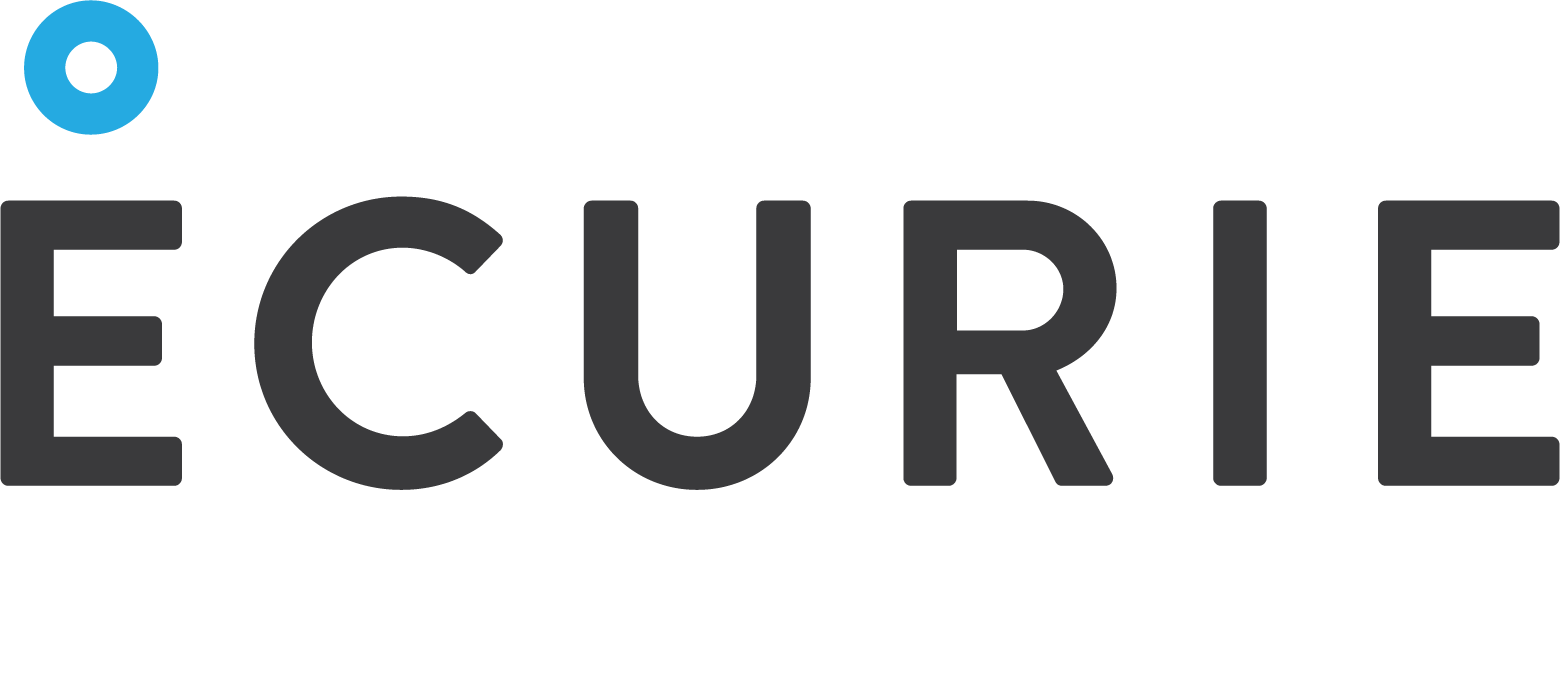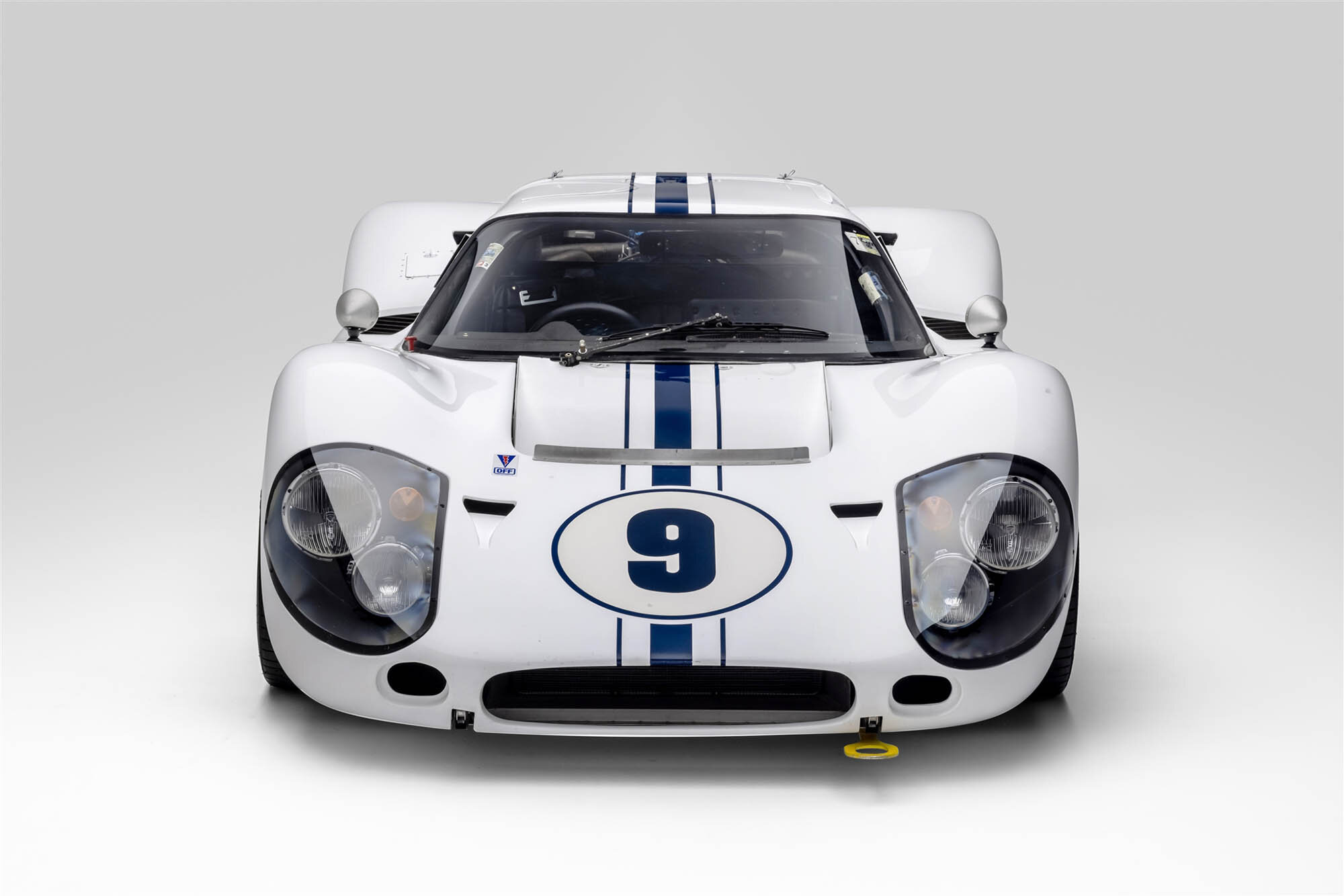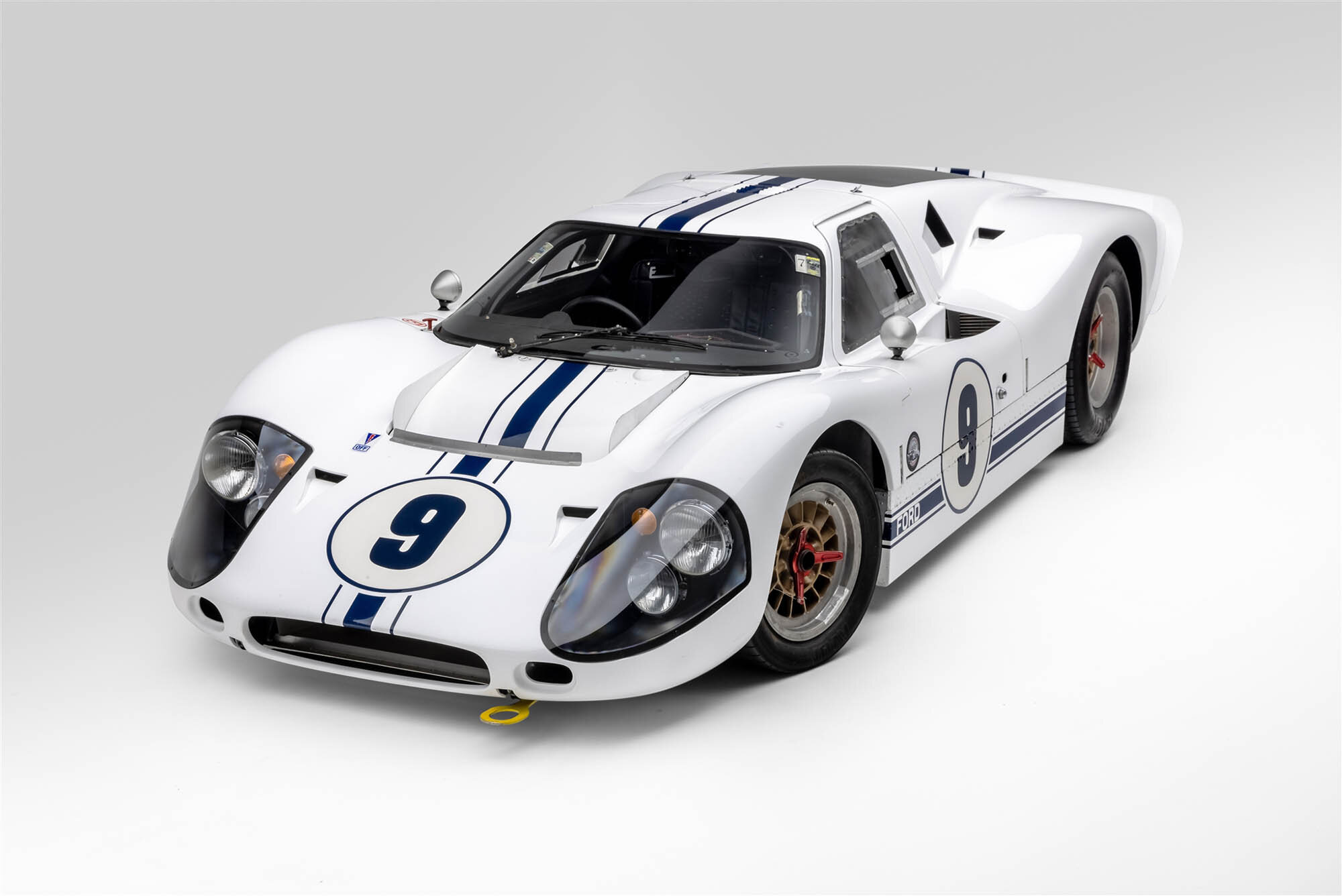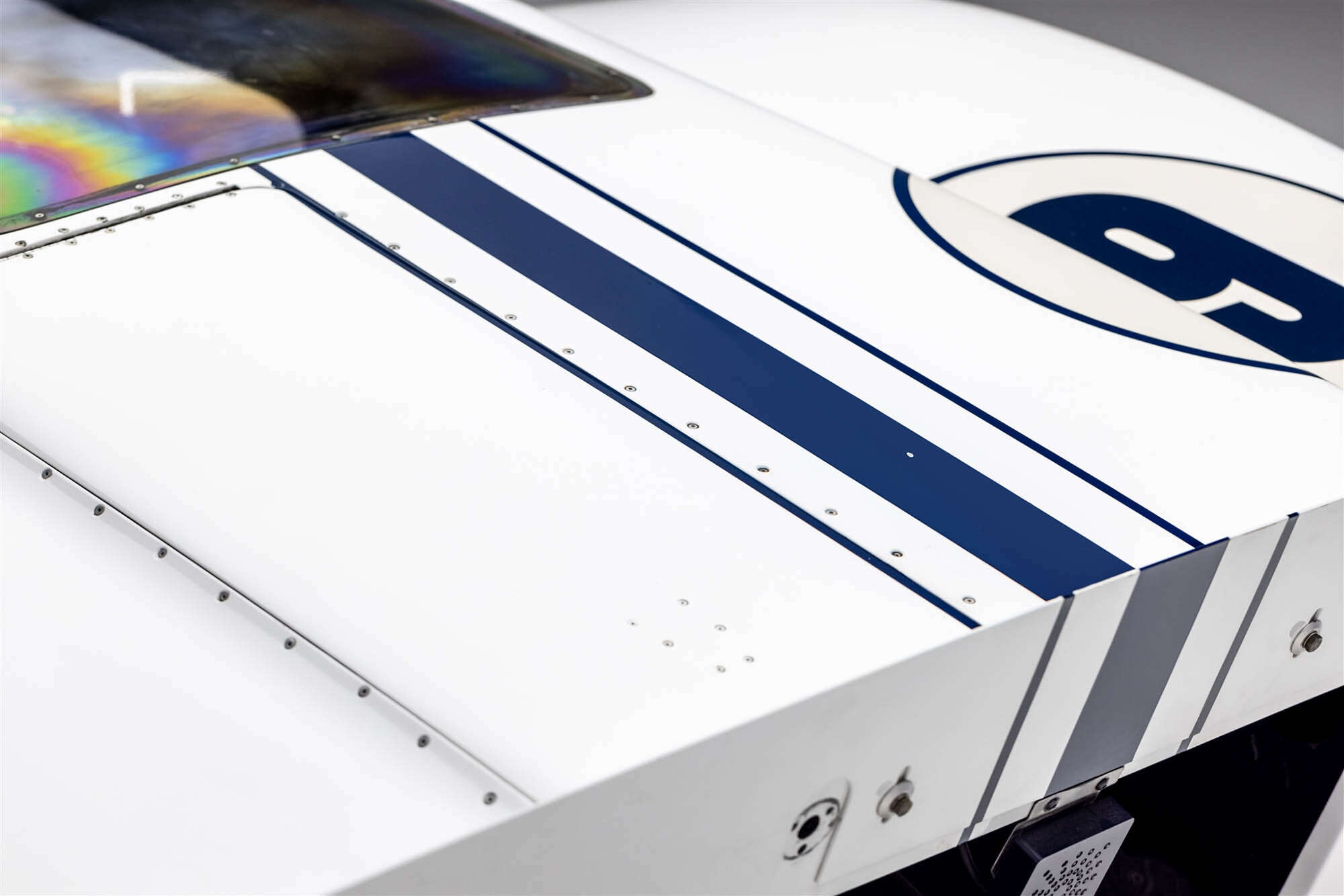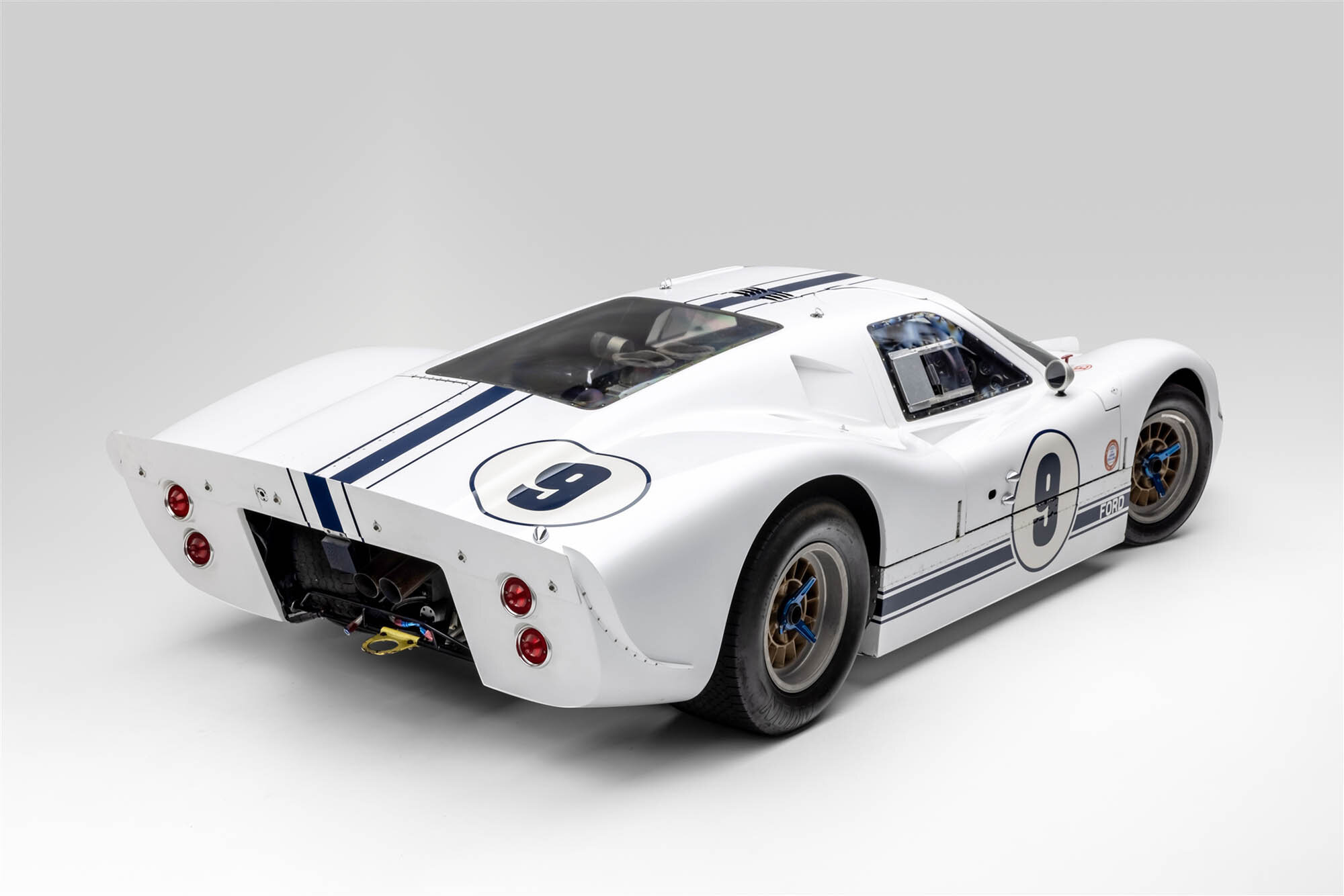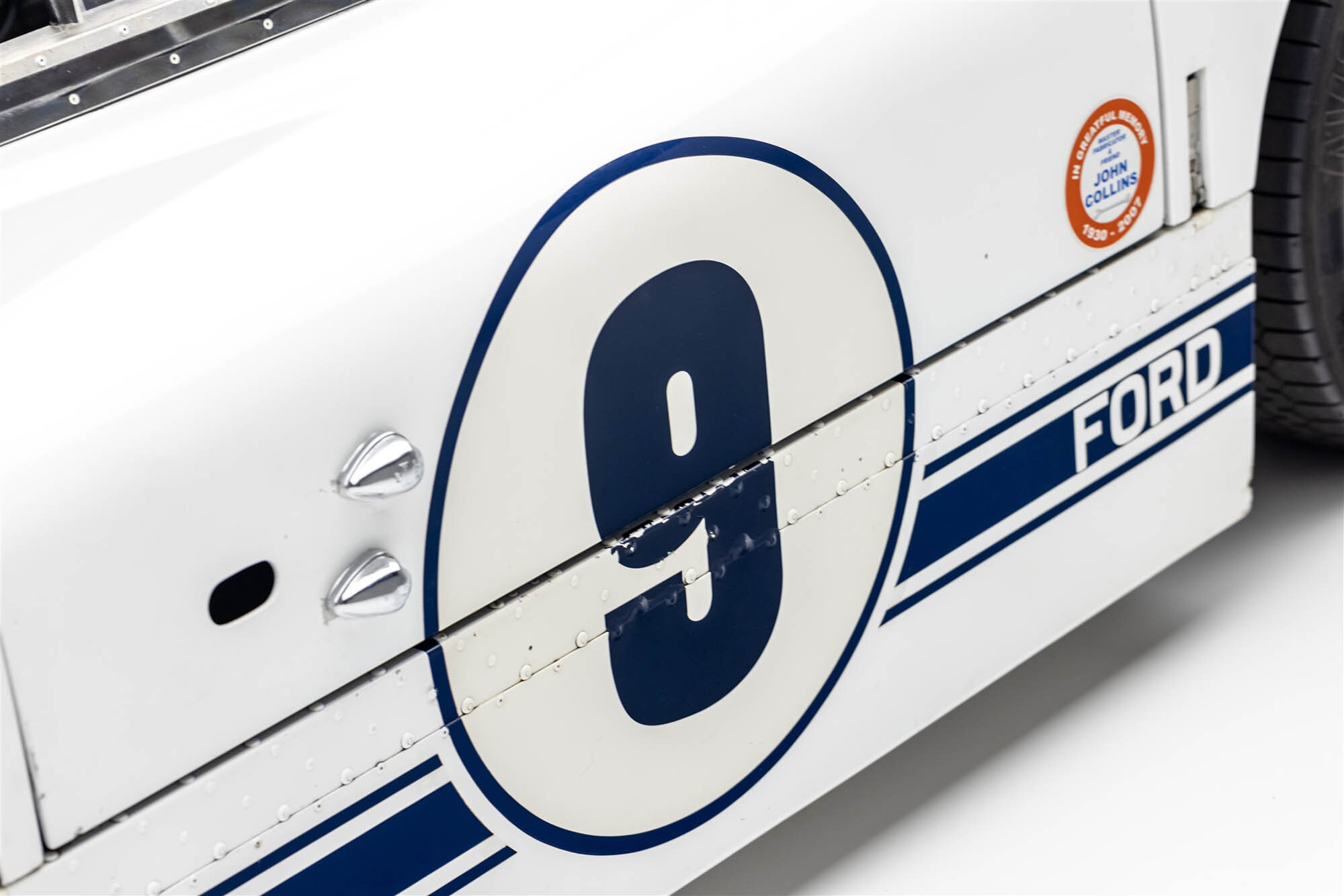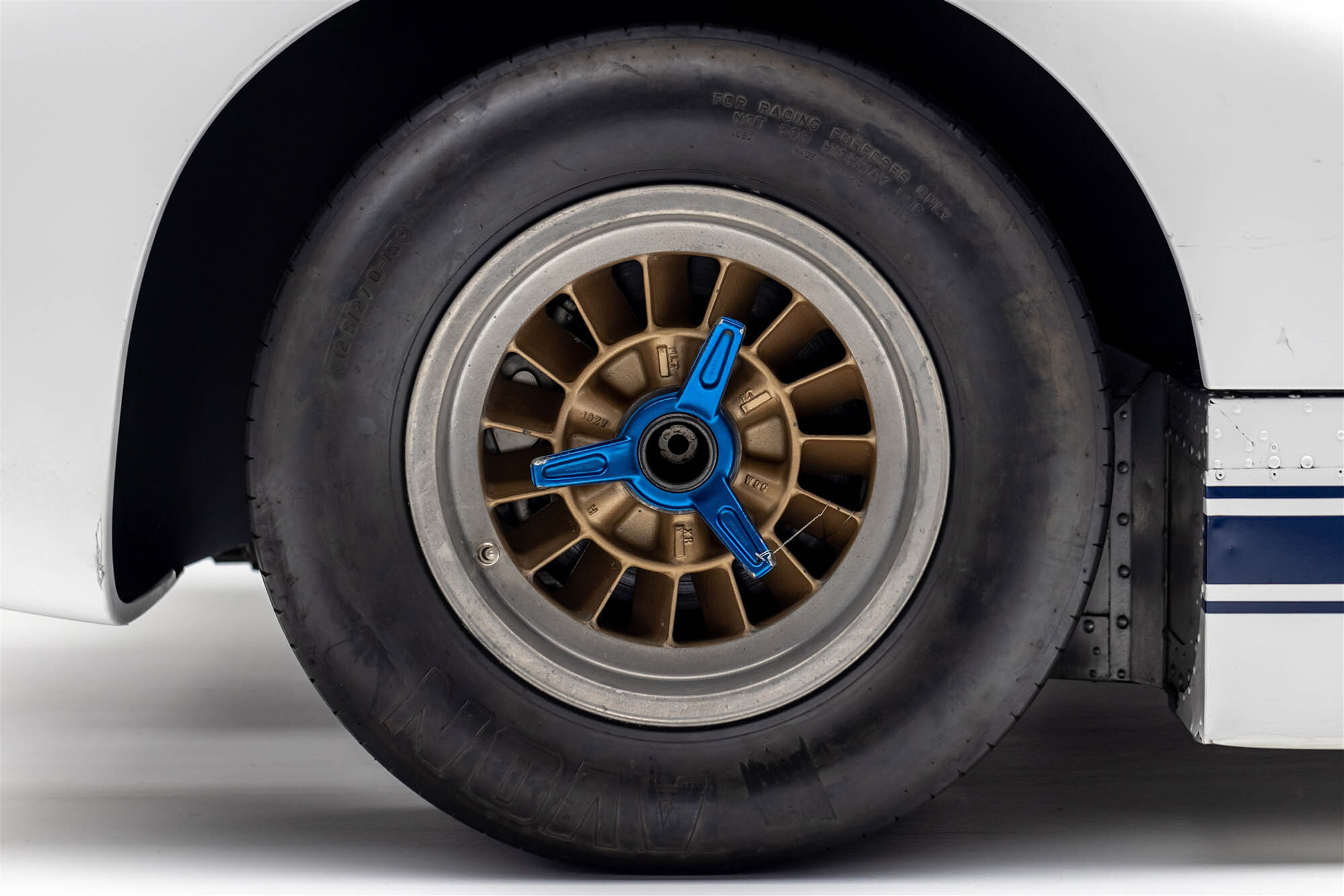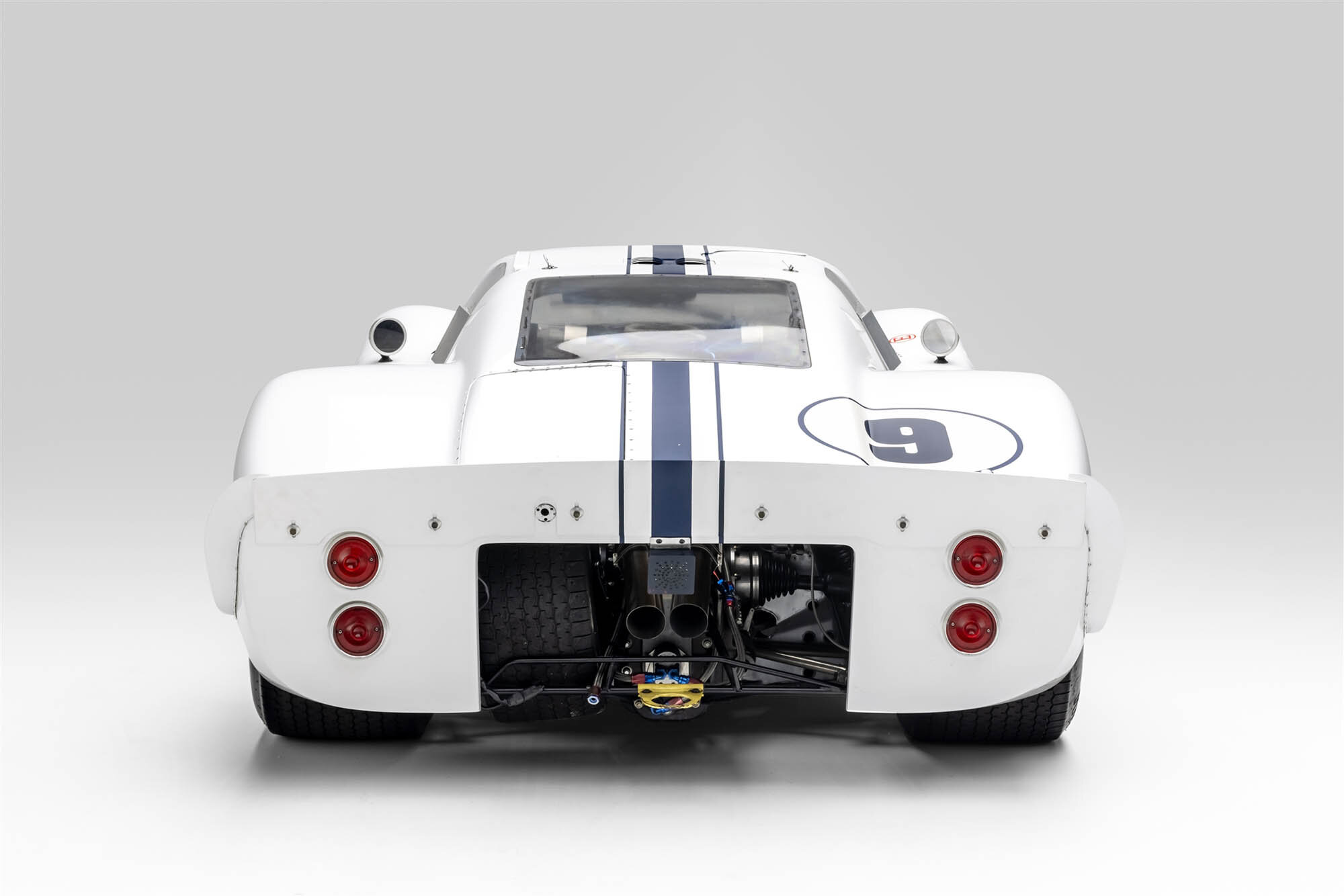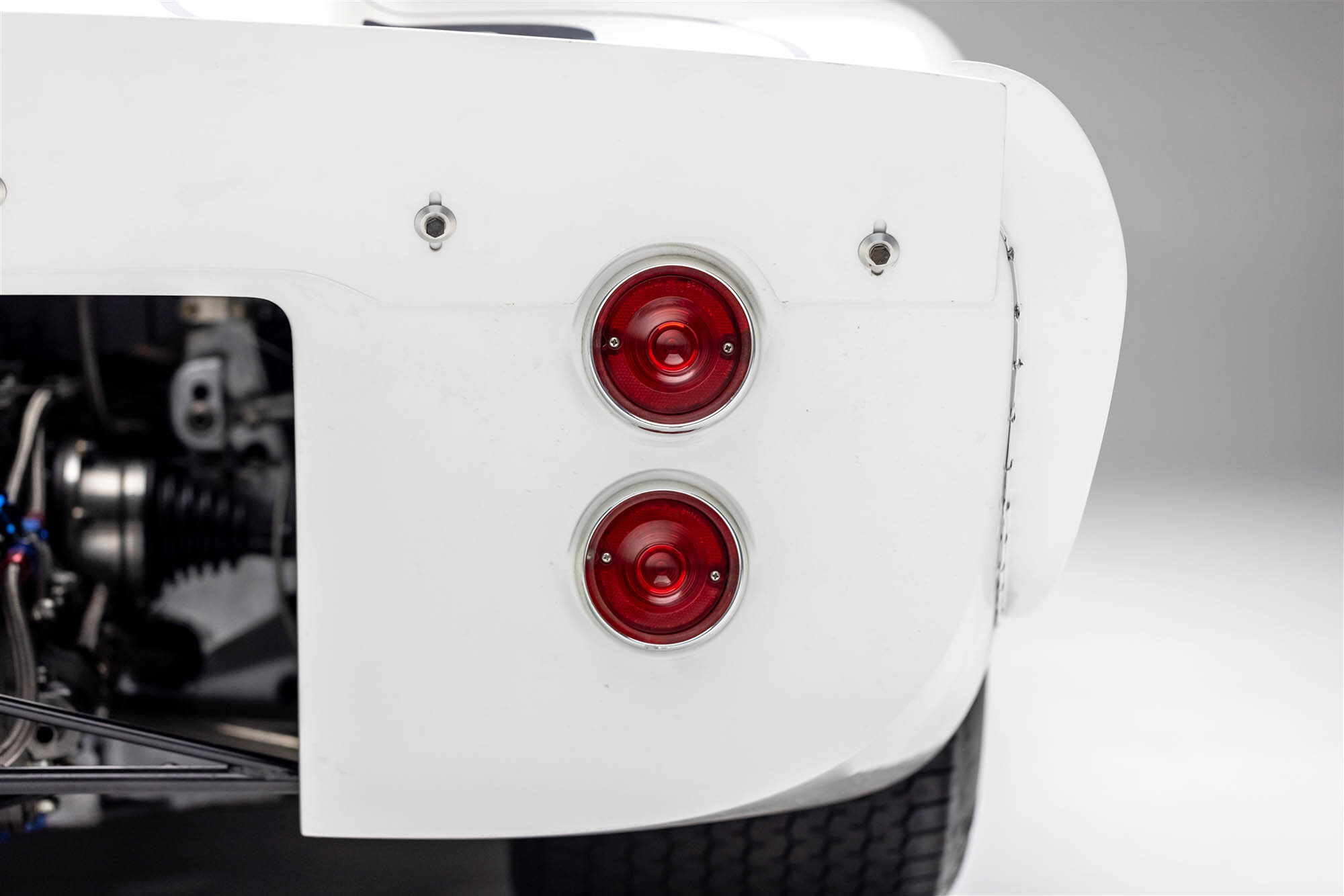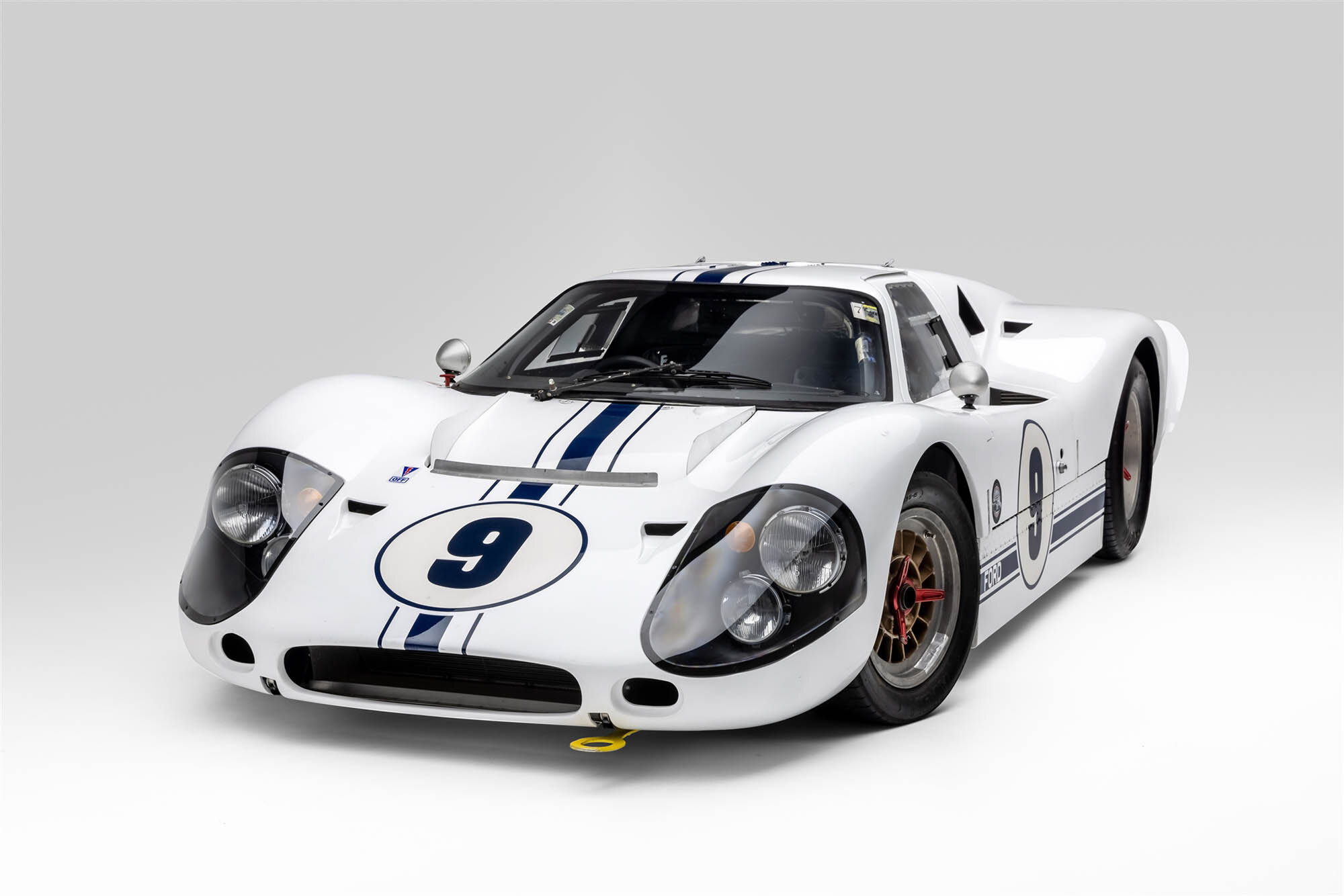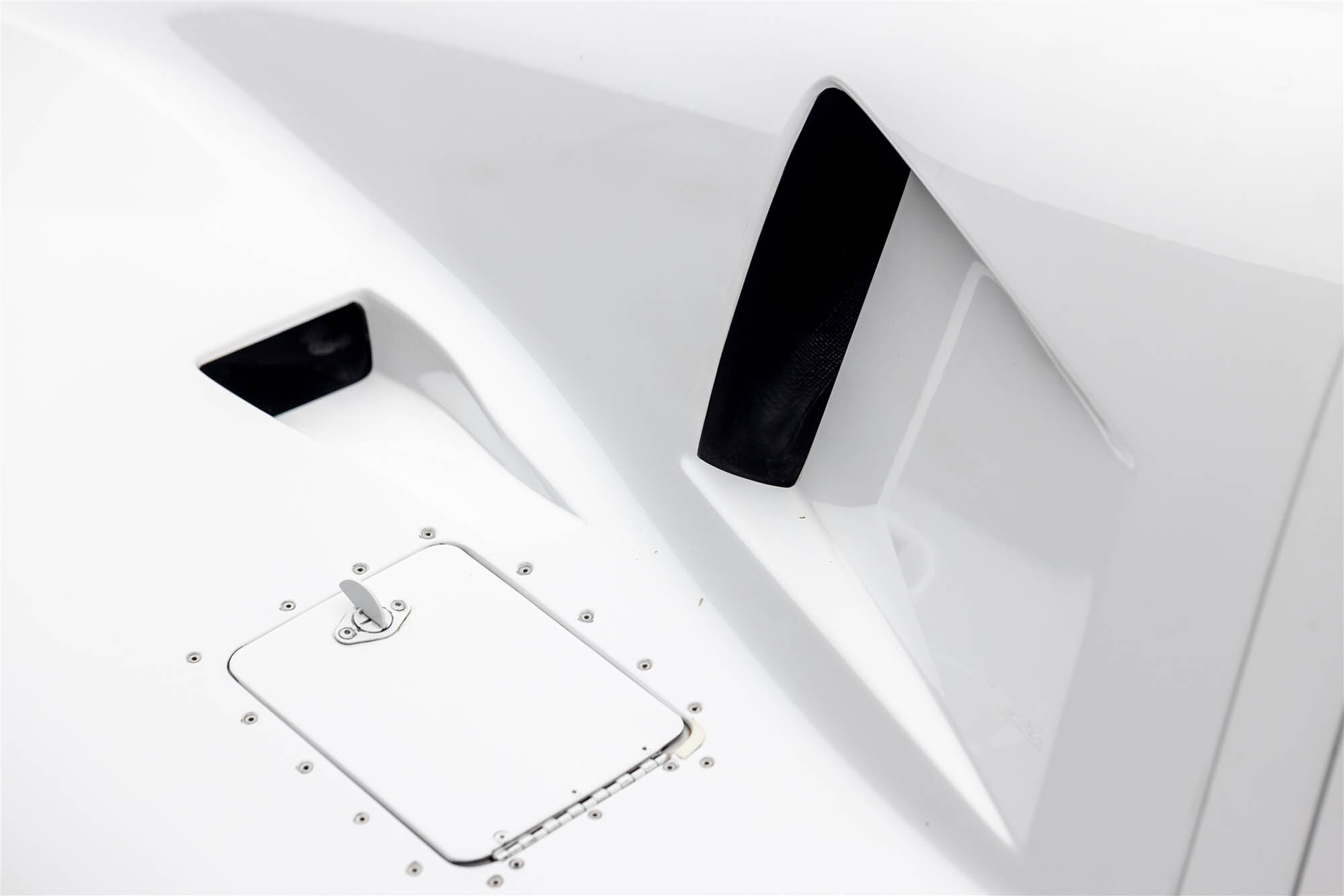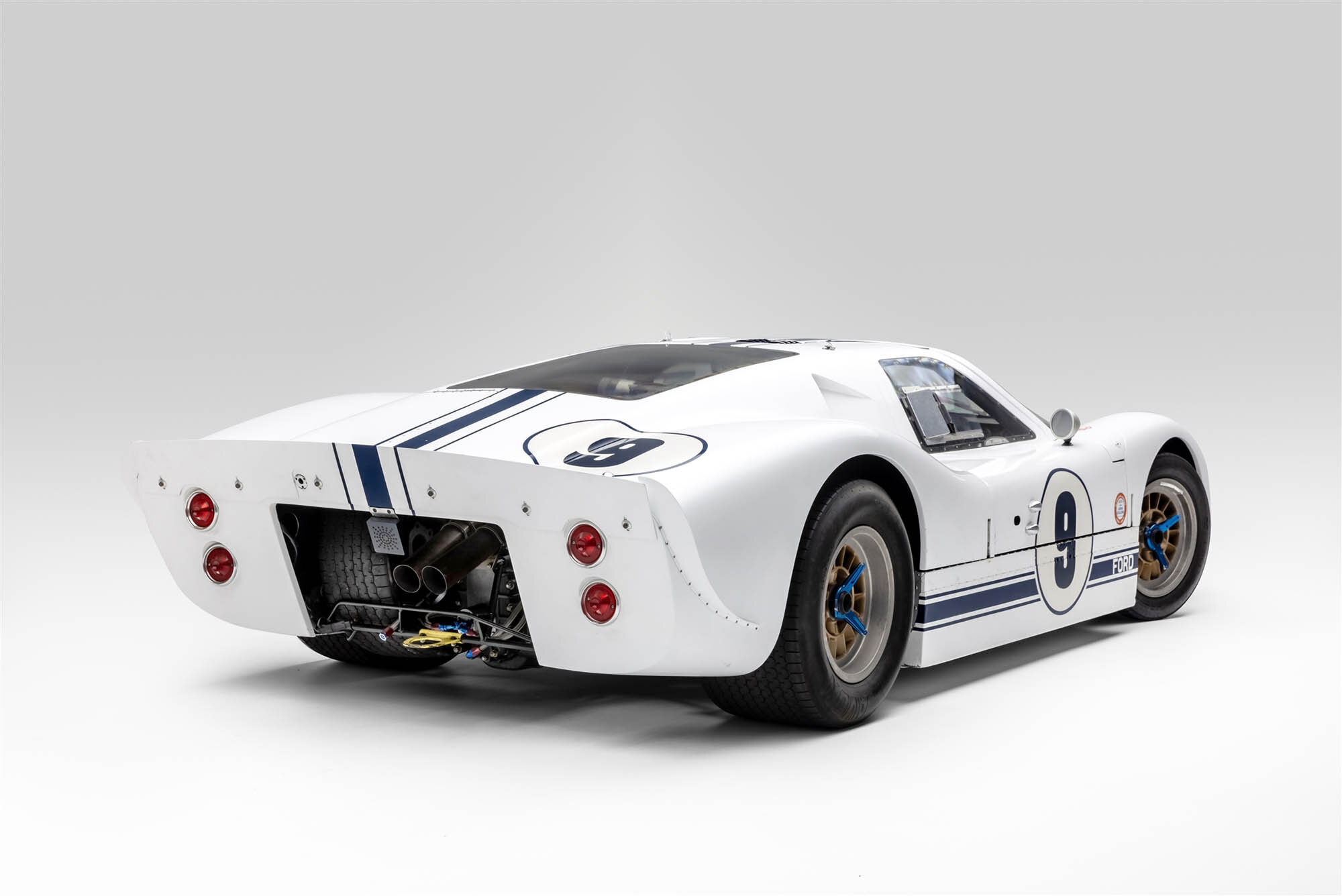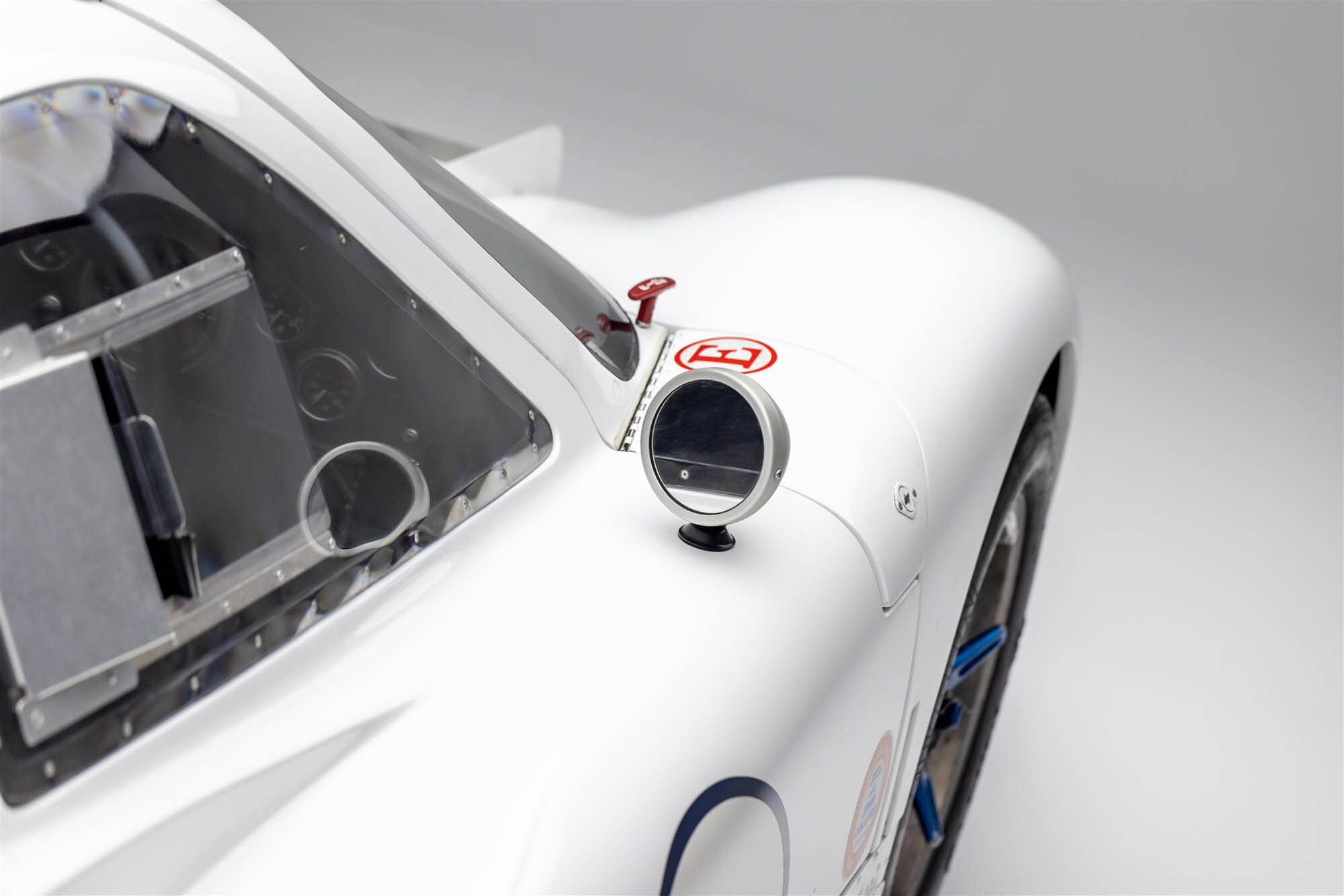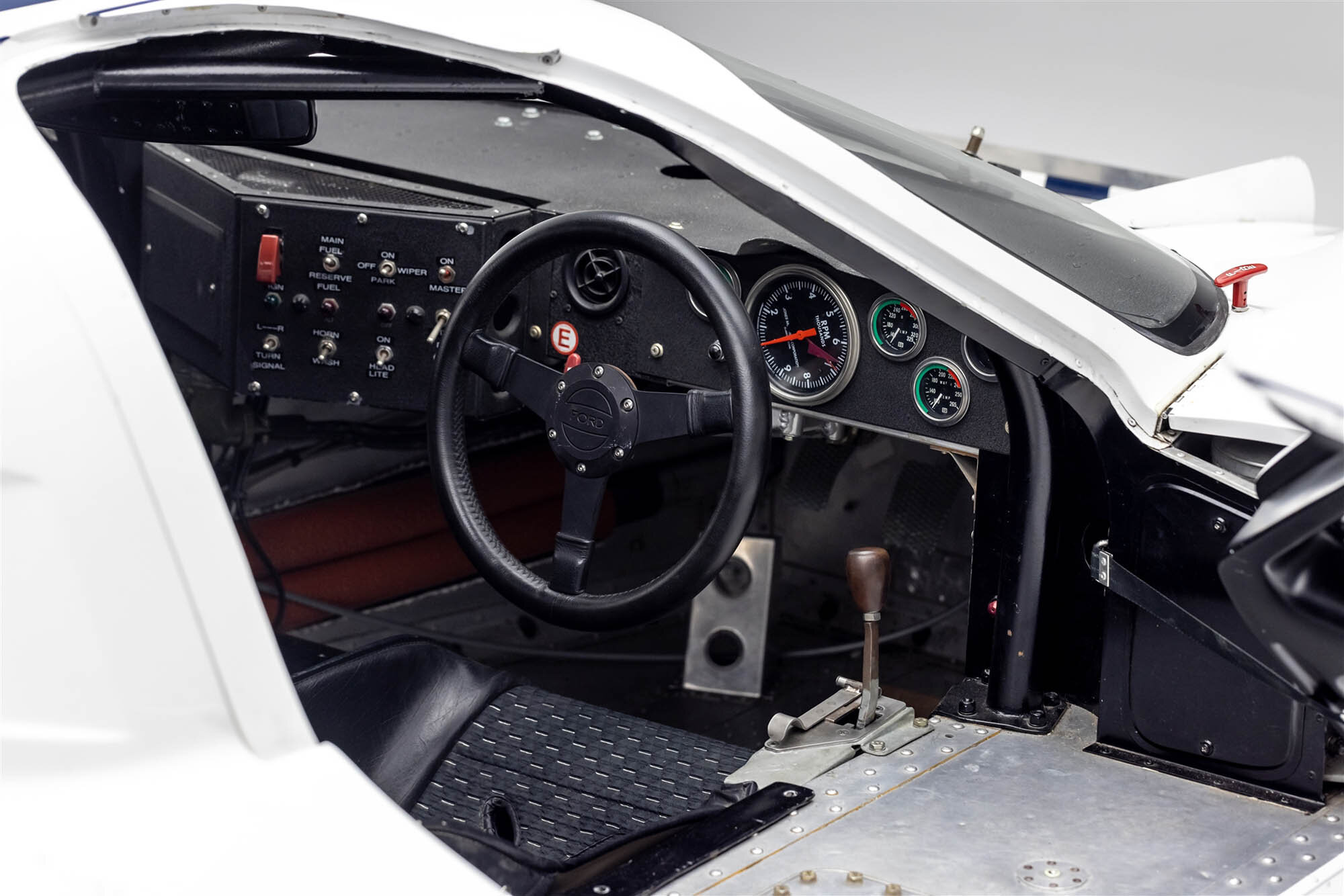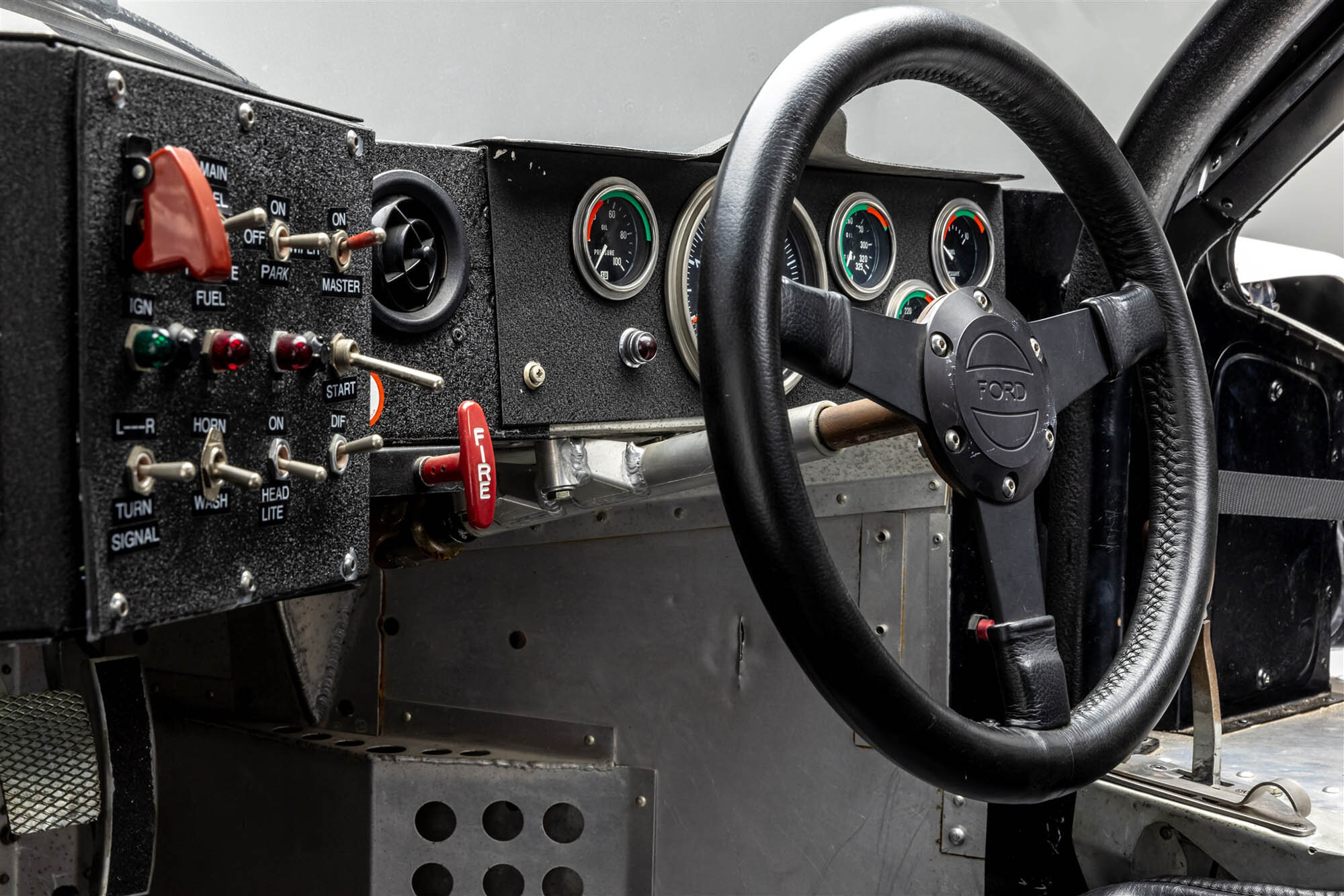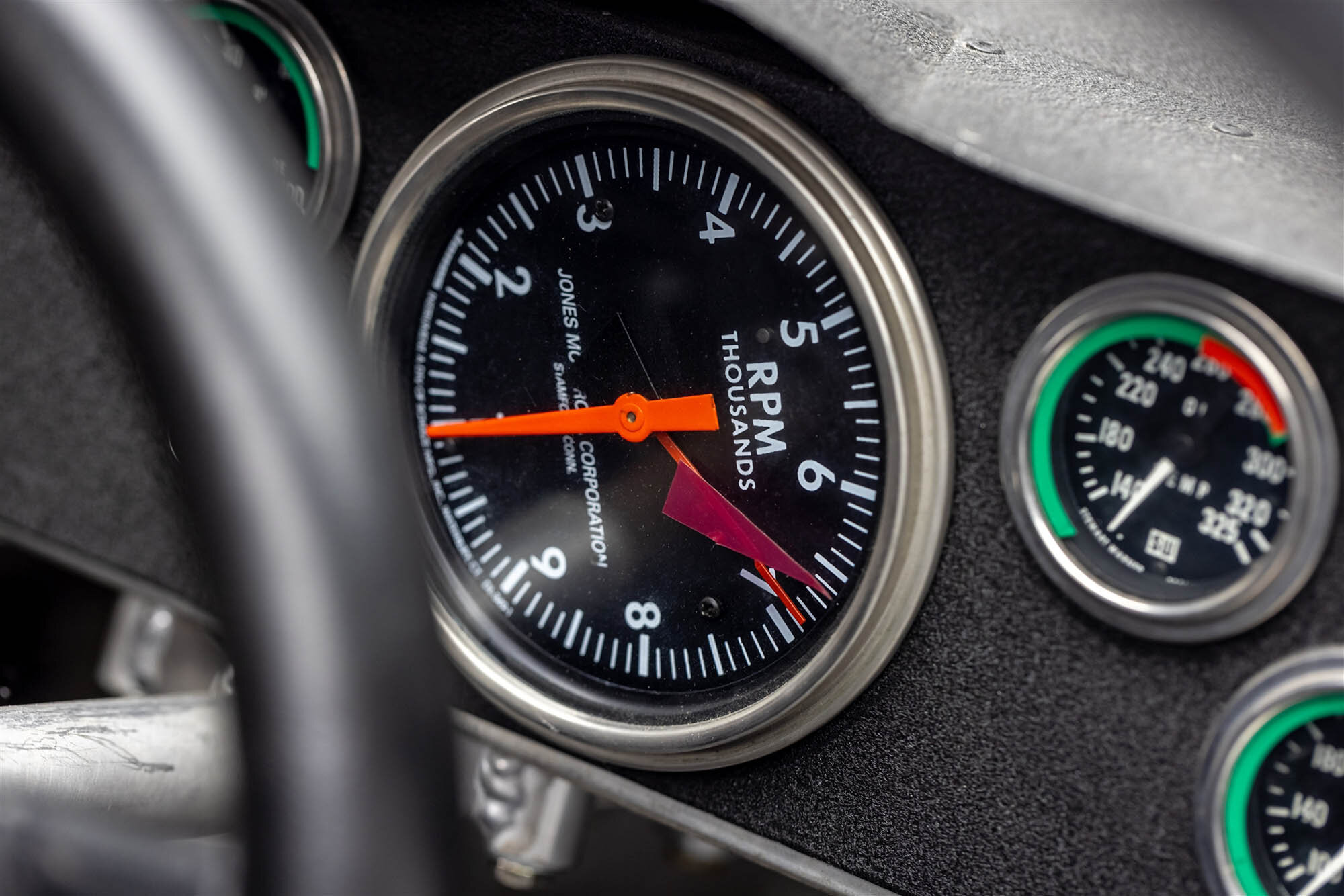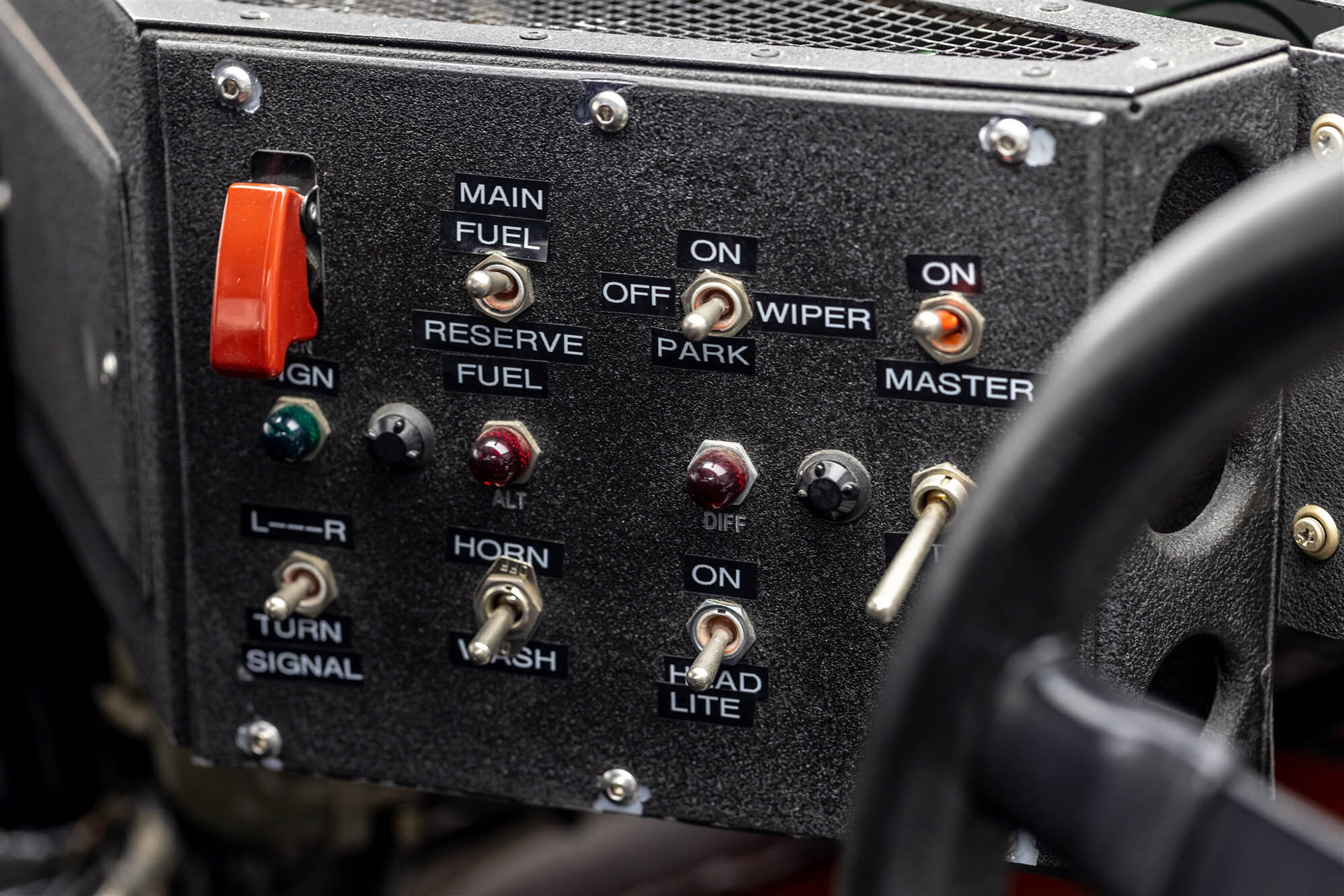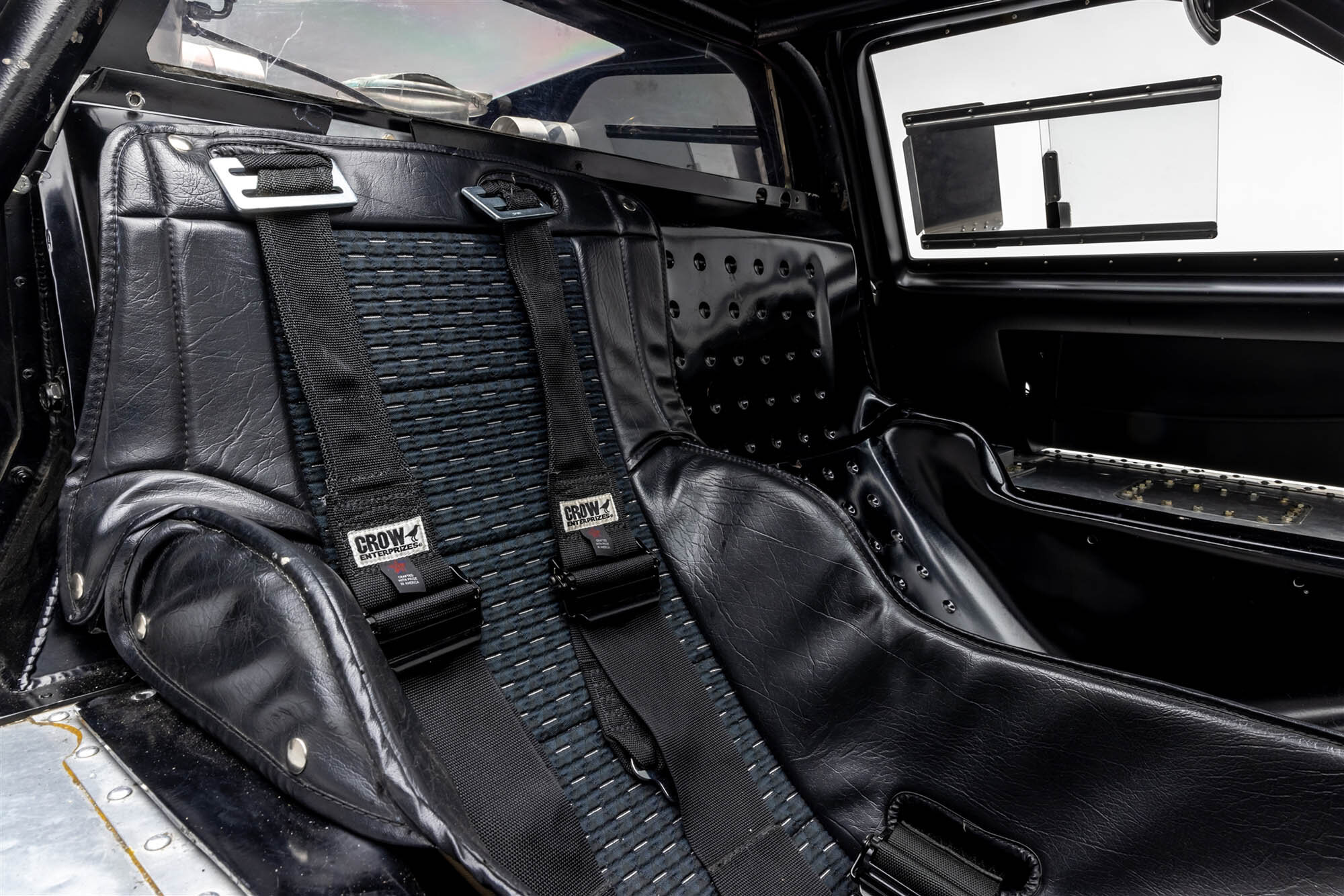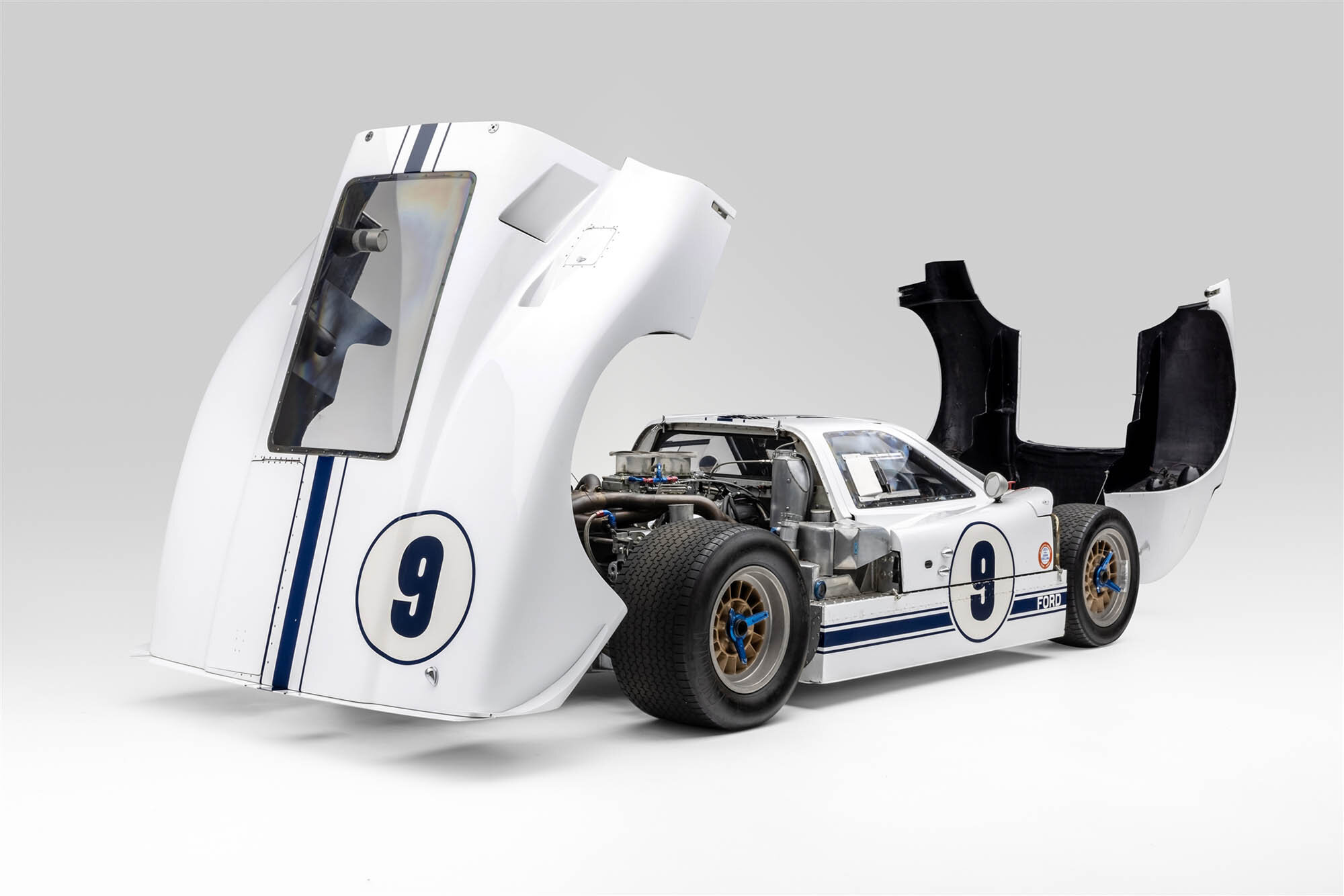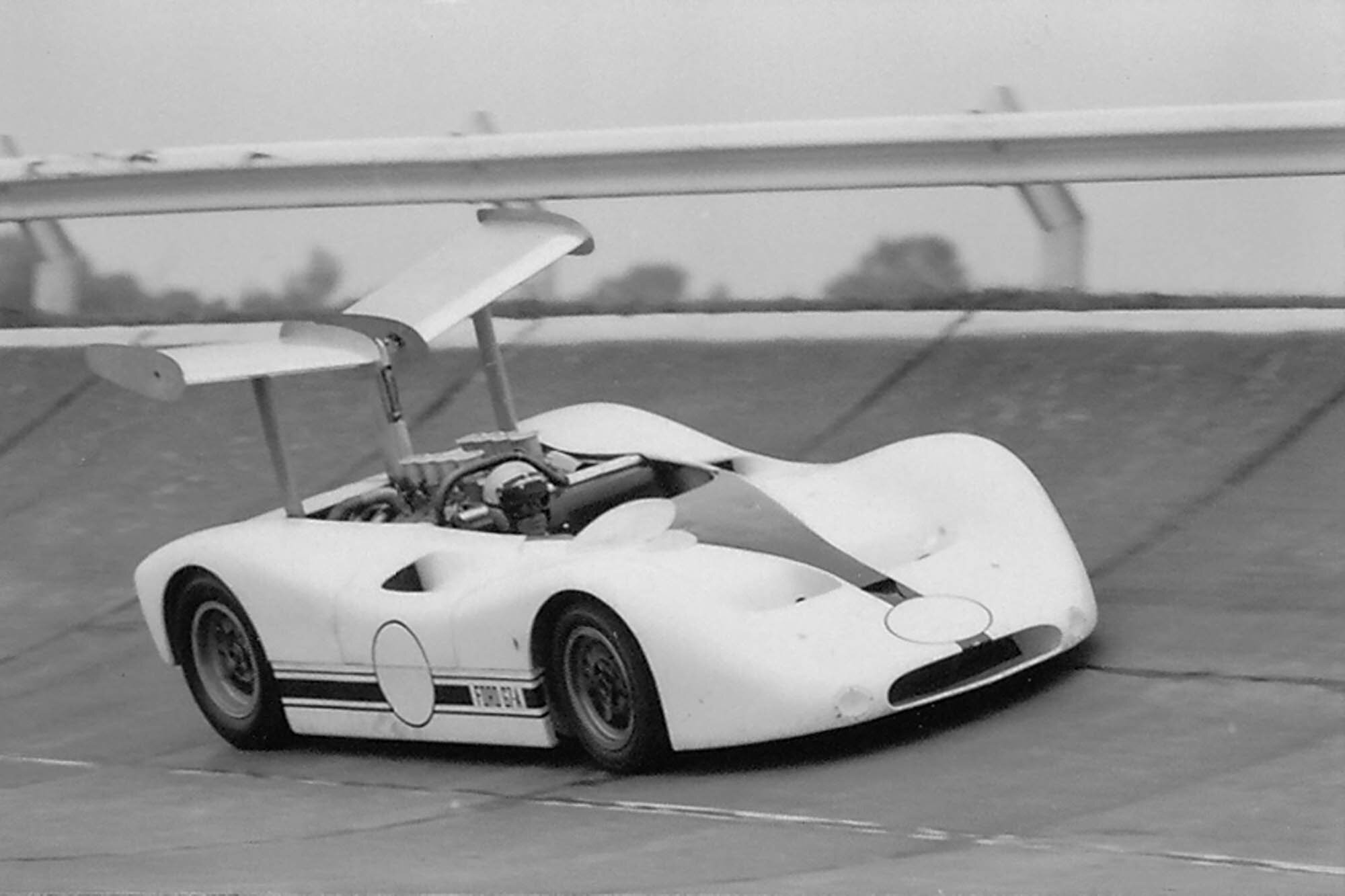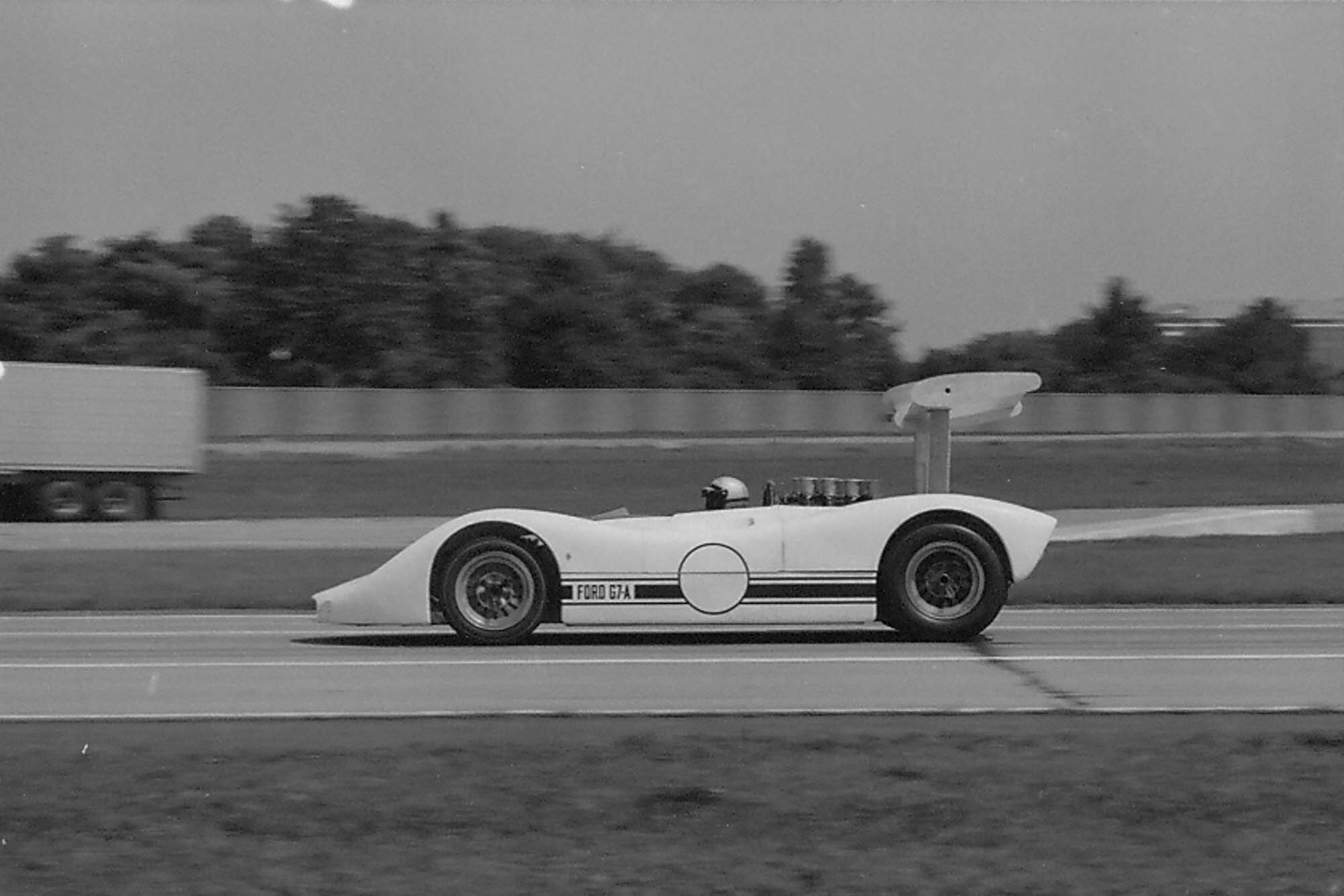Mario Andretti's 'scary' GT40
The Ford GT story dates from 1963-64 when the mighty Ford Motor Company of Detroit was rebuffed by Ferrari in its attempts to buy into international endurance racing success simply by purchasing the Italian marque. Henry Ford II determined that if he could not join Ferrari then his company would darned well beat it. The Ford GT program emerged as the first in motor racing to employ large-scale computer-aided design and development. To strengthen their team Ford engaged former Aston Martin racing director John Wyer, specialist racing car constructor Eric Broadley of Lola, and many other experienced racers. Former Ferrari World Champion Driver Phil Hill headed the driver team together with such experienced hands as Richie Ginther and Ken Miles, but although the prototype Ford GTs of 1964 displayed tremendous speed they lacked reliability and the expected short-term victory at Le Mans was denied them.
The cars failed again at Le Mans in 1965, but Carroll Shelby had been brought into the organisation that year and with Ken Miles and Lloyd Ruby achieved the Ford GT's maiden major race win in the 200kms Daytona Continental opening that new season. By 1966 uprated Ford GT Mark II cars had been developed with 7-litre V8 engines and at last Ford achieved its long-coveted victory in the Le Mans 24-Hours classic, with Bruce McLaren and Chris Amon heading a Ford 1-2-3 finish there. In 1967 the all-new honeycomb-chassis 7-litre Ford Mk IV cars were formidably fast and strong enough to win Le Mans again, this time co-driven by Dan Gurney and AJ Foyt.
Regulation changes abolished the 7-litre cars for 1968-69, when 5-litre Ford GT40s campaigned by the JW Automotive production unit in Gulf Oil livery famously achieved two more back-to-back Le Mans 24 Hour victories – leaving the Ford GT-series' tally at four in all, 1966-69.
This 1967 Ford GT40 Mk IV example is among the last of the legendary, fully evolved Mk IV 7-litre GT40s built. Just 10 were completed in period, with an additional two assembled later. When the 1968 Le Mans rules were announced with the news of engine size regulations capped at 5-litres, it essentially outlawed Ford's GT40 and Ford would turn the 7-litre cars over to Kar Kraft of Brighton, Michigan, who would then assemble the last two cars, of which this was one. Completed in August 1967, as a Group 7 Can-Am open cockpit car and fitted with larger sponsons to accommodate larger fuel tanks, a special, 3-valve all-alloy 427 Ford V8 engine was fitted (the very engine model that Ford had planned to run at the 1968 Le Mans 24 Hours race), and an adjustable-dihedral rear wing was affixed, similar to that used by on Jim Hal's Chaparrals. Designated G7A, it was tested in Ford's corporate wind tunnel, and test driven at the Dearborn Ford factory test track by legendary driver Mario Andretti in 1967, and thus became the test car for Ford to possibly run in the Can-Am G7A group class. Andretti went on record saying it was one of the scariest cars he ever tested!
In November of 1967, it would then grace to cover of Road and Track, in a cool cutaway drawing showing the sophisticated racing car's inner secrets. Soon after it was sold by Ford to ex-Shelby American Team mechanics Charlie and Kerry Agapiou of Beverly Hills, California, for one dollar. The terms of the agreement with Ford indicated that the Agapiou brothers would agree to sell it back to Ford a year later if Ford requested that, for the same low price. However, Ford was onto new things, and the car remained with the Agapiou brothers until 2012, stored away and largely untouched, when it was acquired by Cobra Automotive of Wallingford, Connecticut. Cobra Automotive then carried out the body conversion from the Can-Am Spider body to the traditional Mk IV body seen here.
This stunning 1967 Ford GT40 MkIV will be available at Bonhams upcoming Quail Lodge auction held on the 13th August 2021. Photos: © Bonhams
